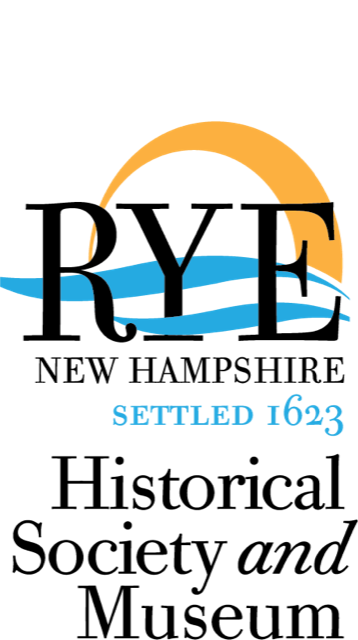Abenaki Culture On Digital Display ~ Rye 400 Committee
As published in Stroll Magazine, April, 2023
This year, we celebrate the 400th anniversary of the first European settlement in what is now the State of New Hampshire. However, what we may forget is that centuries before this settlement, native peoples — among them the Abenaki confederacy — lived, worked the land and thrived in the area. As the European settlements grew, the Indigenous population was gradually displaced and their history not a focus of popular history —- until now.
After a year of development, a collaborative team of several organizations and funding sources is launching Homelands, a new augmented-reality application, allowing users to view illustrations of Abenaki culture in the landscape. Current partner sites include Odiorne State Park and the Seacoast Science Center, Strawbery Banke Museum, and the Star Island Corporation.
This educational resource was created jointly among the Cowasuck Band of the Pennacook-Abenaki People, Indigenous New Hampshire Collaborative Collective, Film Unbound, and the Center for Humanities at the University of New Hampshire. The project was funded by the National Trust for Historic Preservation, and generous donations from individuals. Denise Pouliot, Sagimoskwa (Head Female Speaker) of the Cowasuck Band of the Pennacool-Abenaki People, is excited for the possibilities that this educational resource provides. “The Homelands Application brings the Abenaki culture and history to the forefront, offering an accurate decolonialized narrative, with an evolutionary pathway of illustrations connecting contemporary people to the natural world, past, present and future.” she said.
Working closely with the Seacoast Science Center and NH State Parks, a division of the state’s Department of Natural and Cultural Resource, the creative team has researched the Indigenous practices that would have taken place, some as far back as 13,000 years ago. Both the oral tradition of the Abenaki and archaeological evidence indicates that the plants, animals, and people in this area would have interacted in specific ways. The illustrations at the site in Rye, for example, titled Monuments, showcase the hunting of Woolly Mammoth, the construction of a dugout canoe made of White Pine, and the preparations of goods for trading both among Indigenous individuals and, later, colonists.
Homelands doesn’t just represent the distant past. It was vital to the creative team that the present and future of Indigenous life was also acknowledged and celebrated. For that reason, the illustration of an Indigenous woman teaching fish, net-weaving skills will sit directly outside the Seacoast Science Center. In addition, just off the shore, an illustration of a breaching whale and flying osprey, highlights how a return to Indigenous fishing practices could help restore a healthy marine ecology.
The Homelands app launched in March and is available to download for free in both the Apple Store and Google Play Store. For further information visit indigenousnh.com.




